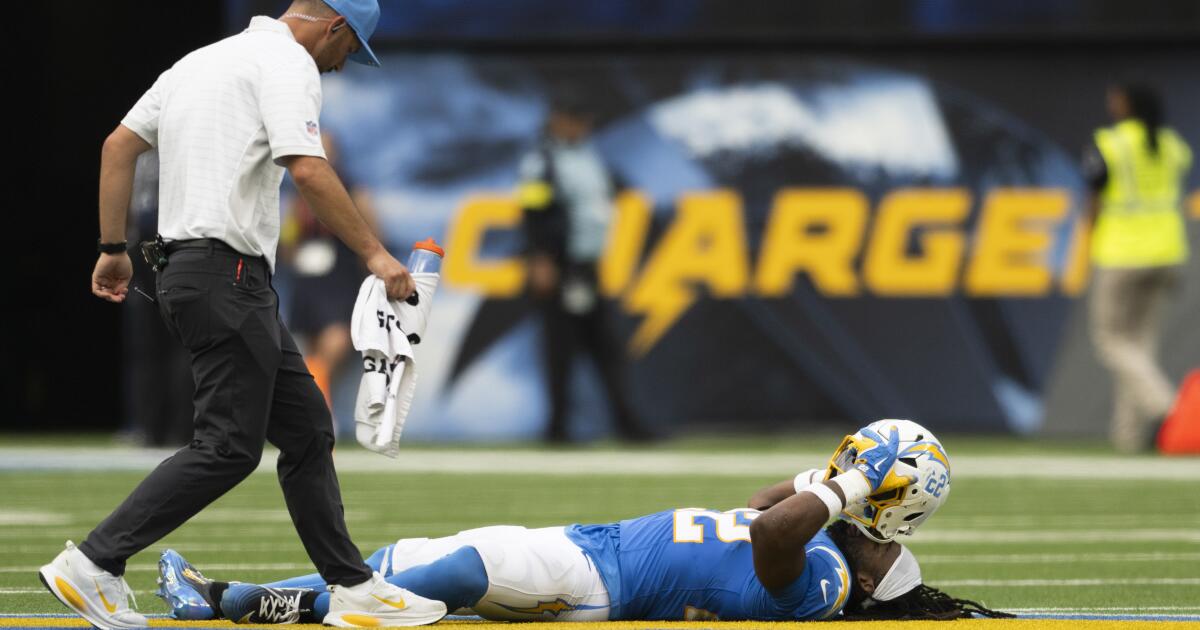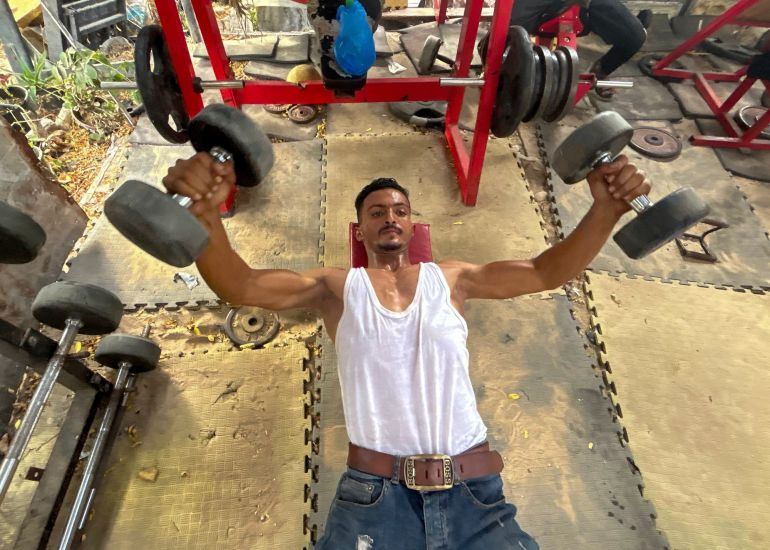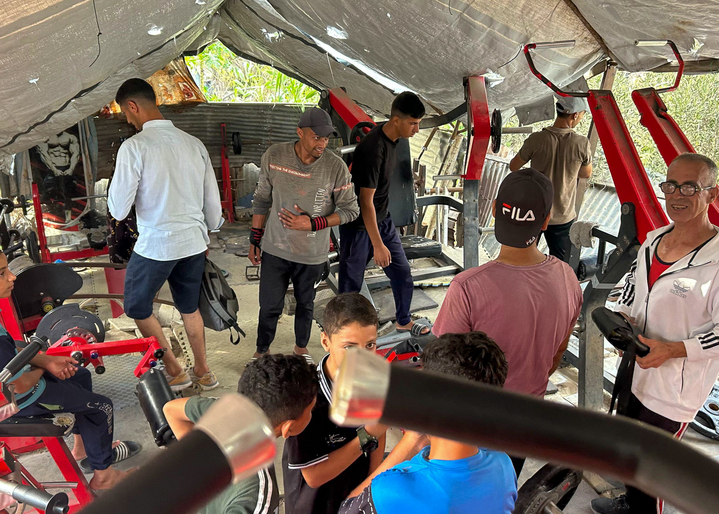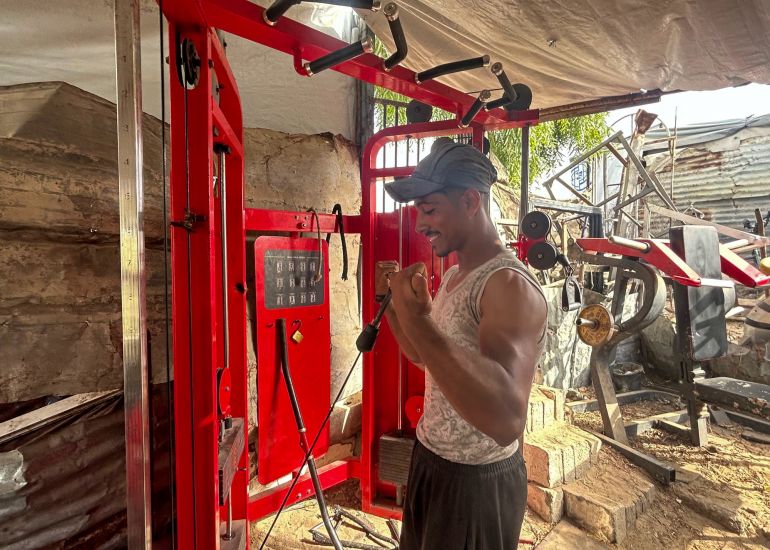SACRAMENTO — After a long string of losses in California, the tobacco industry is on the verge of some rare victories as industry allies in the Legislature prepare to block new restrictions on smoking and perhaps even succeed in easing current laws.
Aiding the industry are Republican allies who control the Assembly and oppose new limits on tobacco. At the same time, the industry has shifted its political strategy, and it now doles out far more campaign money to Republican legislators than Democrats, especially in the Assembly.
Consider, for example, the Republican chairman of the Assembly Health Committee, Brett Granlund. A first-term lawmaker from Yucaipa, Granlund accepted a $20,000 check last month from Philip Morris Inc., the world’s largest cigarette maker. During his short tenure in Sacramento, Granlund has received at least $44,500 in campaign contributions from the tobacco industry.
In February, Granlund introduced a bill to make cigarette vending machines more accessible. The bill would weaken a new state law that bans cigarette vending machines anywhere other than in an estimated 5,000 bars in the state.
“I’ll take free enterprise over political correctness any time,” Granlund said in an interview.
Granlund’s bill, which faces its first committee vote today, would allow vending machines in up to 30,000 restaurants around the state and in factories. Supermarkets also could have vending machines, so long as the machines are equipped with locking devices, to guard against minors buying cigarettes.
“I am a free-enterprise, no-tax, smoker,” Granlund added. “It doesn’t matter if I’m chairing the Health Committee. Those [anti-smoking] people don’t have a right to tell everybody else how to live.”
While Granlund’s bill is not assured of passage, it represents a significant change from the days when Democrats controlled the Assembly. Democratic Health Committee chairmen made a practice of refusing tobacco industry campaign money, routinely voting against industry-backed bills, and carrying legislation aimed at restricting cigarette makers.
Under Assembly Speaker Curt Pringle, who selects committee members, every GOP health committee member accepts tobacco money, as do most Democratic members.
“Some of the legislative changes [to limit tobacco] swung the pendulum too far in one direction,” Pringle said, adding that he has “no hesitation” in taking tobacco money. He intends to oppose new anti-tobacco bills and support rollbacks of some restrictions. “That’s what our battle has been on a variety of business bills.”
Tobacco industry spokesmen and their lobbyists in Sacramento do not discuss strategy in any detail, but companies defend their political contributions. They say the money is not intended to buy influence, but rather to support lawmakers who side with them. Even though the tobacco industry has spent millions over the past decade on lobbying and campaigns in California, this state has led the nation in anti-tobacco efforts.
*
It started in 1988 when voters approved Proposition 99, which added a 25-cent per pack tax on cigarettes. In 1994, Gov. Pete Wilson signed legislation making California the first state to ban smoking in restaurants and most other indoor workplaces. That same year, voters overwhelmingly rejected a 1994 tobacco industry-backed initiative to roll back the restrictions. Now, however, there are indications that California no longer is at the fore of the anti-tobacco fight:
* Seven states have sued the tobacco industry to recoup state money spent on smoking-related illnesses. California Atty. Gen. Dan Lungren has balked at bringing a similar suit, though he is “monitoring” the litigation in other states, a spokesman for the Republican attorney general said.
Assemblyman John Burton (D-San Francisco) is pushing a resolution urging Lungren to sue the tobacco industry. But Pringle opposes such litigation, suggesting that Burton’s resolution may fail when it comes up for a vote.
“Isn’t this opening the door to [the state suing over] swimming pools, or automobiles, or second-story balconies, or child cribs?” Pringle asked.
* For three years running, Gov. Pete Wilson and the Legislature have tried to use a portion of the money raised by the 25-cent per pack cigarette tax for health programs not specifically related to tobacco. Anti-smoking activists have sued, and trial courts have ruled in their favor, saying that the money must be spent on anti-tobacco advertising, education and research.
Wilson has appealed those decisions, and he has no plans to spend $100 million of the disputed money until the cases are resolved. In his new budget, the governor has yet to allocate an additional $81 million in cigarette tax money. He intends to “look for the wisest investment of taxpayer dollars” before spending it, a Wilson spokesman said.
In past years, Democratic legislators agreed with Wilson on diverting the tobacco tax money to other health programs. But this year, Assembly Democratic Leader Richard Katz of Sylmar and state Sen. Diane Watson (D-Los Angeles) are carrying legislation to fully fund the anti-tobacco research and education programs.
* California’s anti-tobacco advertising program, funded by Proposition 99 money, once was the richest in the nation. The campaign was so aggressive that one tobacco company threatened to sue over a TV commercial, which featured clips of industry executives testifying before Congress that tobacco is not addictive. The ad campaign also has powerful critics in the Capitol.
“Taxpayer dollars should not be used to bash an industry,” Pringle said. “They should be used to provide health information, instead of making it a personal attack on an industry.”
State spending on the high-profile advertising effort has been frozen at $12 million annually for three years, or roughly 40 cents per Californian, down from a peak of $16 million.
Massachusetts now leads the few states that fund anti-tobacco ad campaigns, spending $14 million a year, or $2.33 per resident, according to a study by Connie Pechmann, associate professor of marketing at UC Irvine. Pechmann notes that the tobacco industry spends almost $1 billion a year on promotions and advertising.
* A provision of California’s landmark 1994 workplace smoking ban, which Wilson signed into law, is under attack. That provision required the California Occupational Safety and Health Administration to develop safe standards for secondhand tobacco smoke by 1997, or else the smoking ban would be extended to bars and casinos. However, the agency has concluded that setting a standard would be impossible.
Noting that strong fans and suction would be needed to clear bars and card rooms of smoke, Louis Bonsignore, spokesman for the Department of Industrial Relations, said, “You’d need cards made out of lead to stay on the table.”
Assemblyman Sal Cannella (D-Ceres) is carrying the bill to extend Cal-OSHA’s deadline for setting the standards to the year 2000. The bill appears to have significant support from lawmakers in both parties.
The tobacco industry, long among the largest campaign donors, gave most of its money to Democrats in the 1980s and early 1990s, during Democrat Willie Brown’s tenure as speaker. In his 15 years as speaker, Brown was by far the largest recipient of tobacco money in Sacramento, raising more than $500,000.
But starting in 1994, the flow of money has shifted. On the Sunday before the November 1994 election, Philip Morris gave $125,000 in a single donation to Republican Assembly candidate Steven T. Kuykendall of Rancho Palos Verdes.
Kuykendall used the money to help upset the Democratic incumbent, Betty Karnette, who was an anti-tobacco legislator. With Kuykendall’s victory, Republicans gained a 41-to-39 seat majority in the lower house.
Brown left the Legislature to become San Francisco mayor, and another large Democratic recipient of tobacco money, Assemblyman Curtis Tucker Jr. (D-Inglewood), is leaving this year because of term limits.
Without Brown and Tucker, there will be only a handful of Assembly Democrats who take tobacco money. But as the number of friendly Democrats decreases, tobacco industry money increasingly finds its way to Republicans.
In 1995, Philip Morris gave $148,400 to Republicans who hold state office, compared to $83,000 to Democrats. A closer look shows that the difference is even more drastic. The company gave 37 of 41 Assembly Republicans a total of $85,000. Assembly Democrats got a total of $53,500, $50,000 of which went to Brown and Tucker.
*
Although Democrats hold a majority in the state Senate, Philip Morris last year gave more to Senate Republicans–$34,665–versus $29,500 for Democrats. The company in 1995 gave $22,000 to Republicans who hold statewide office, including the attorney general, treasurer, insurance commissioner and secretary of state, but none to Democrats in statewide office, campaign finance reports show.
The same pattern held for R.J. Reynolds, the nation’s second-largest tobacco company. Reynolds gave a combined $8,000 to Tucker and Brown and $6,000 to other Assembly Democrats, versus $52,250 for Assembly Republicans in 1995. Altogether, Reynolds gave almost $80,000 to Republican state officials and $25,000 to Democrats.
Philip Morris would not discuss its political strategy. A spokeswoman for Reynolds said its “position is to support those candidates whose positions are similar to ours. That’s not surprising.”
Whether campaign money translates into legislative gains this year for the industry remains to be seen. At a minimum, though, chances of new anti-tobacco legislation making it out of Sacramento seem slim, especially in the Republican-controlled Assembly. Assemblyman Wally Knox (D-Los Angeles) is pushing a bill to force state pension funds to divest themselves of tobacco stocks, valued at $750 million, but has little hope that it will survive its first committee vote this week.
Two years ago, Assemblywoman Barbara Friedman (D-North Hollywood), a former Health Committee chairwoman, carried a bill signed into law by Wilson adding a two-cent per pack tax on cigarettes to fund breast cancer research. This year, she introduced bills to permit local government to tax cigarettes, and to bar tobacco companies from passing out cigarettes in promotions. But she has no plans to seek votes on the measures.
“I’m not taking up any bills on tobacco. It’s obvious they’re going to be killed,” Friedman said.






